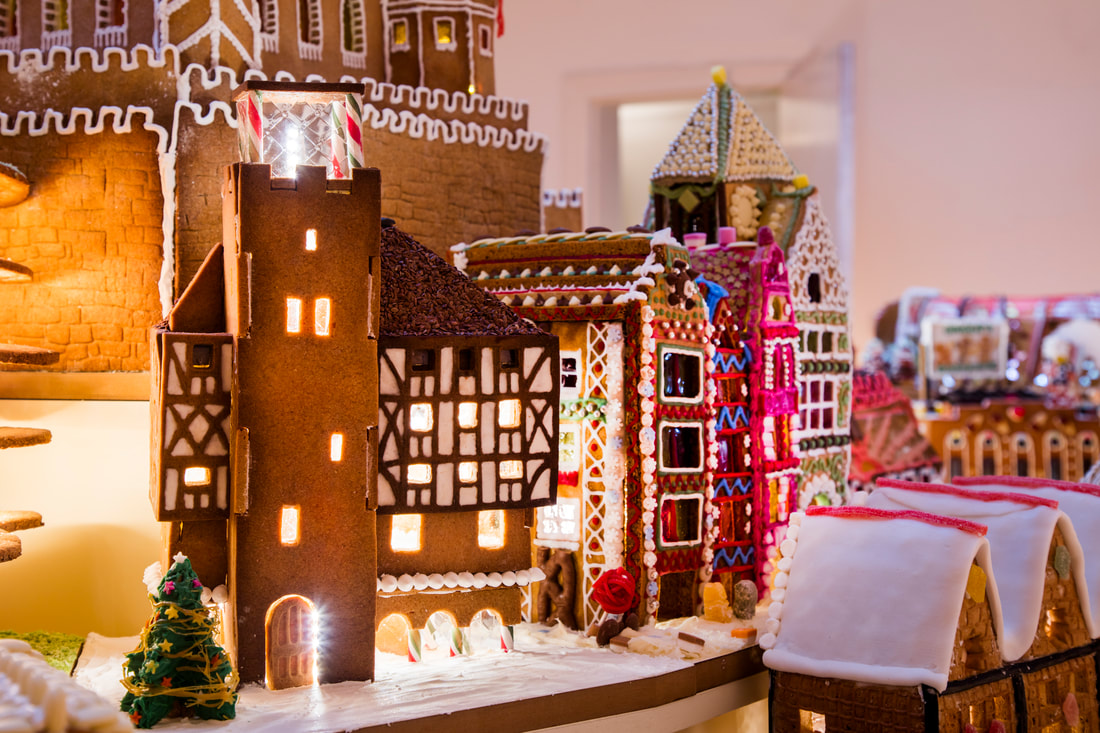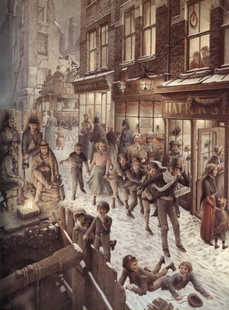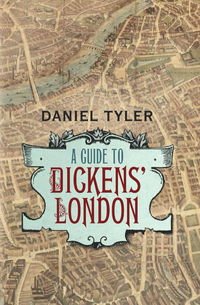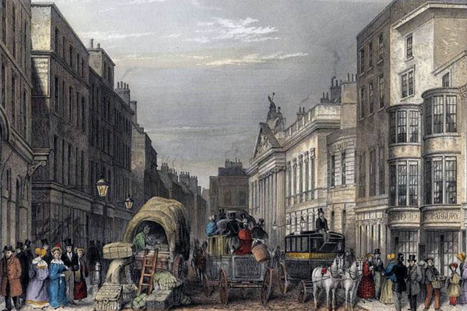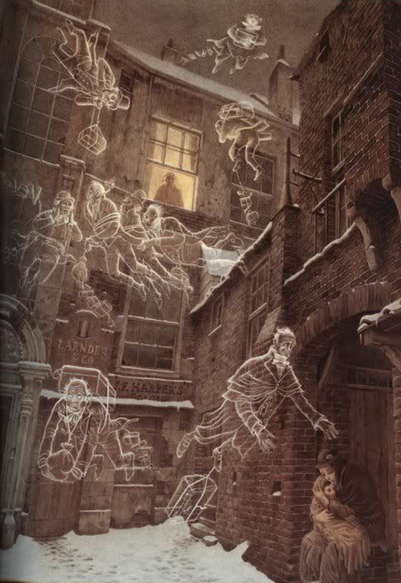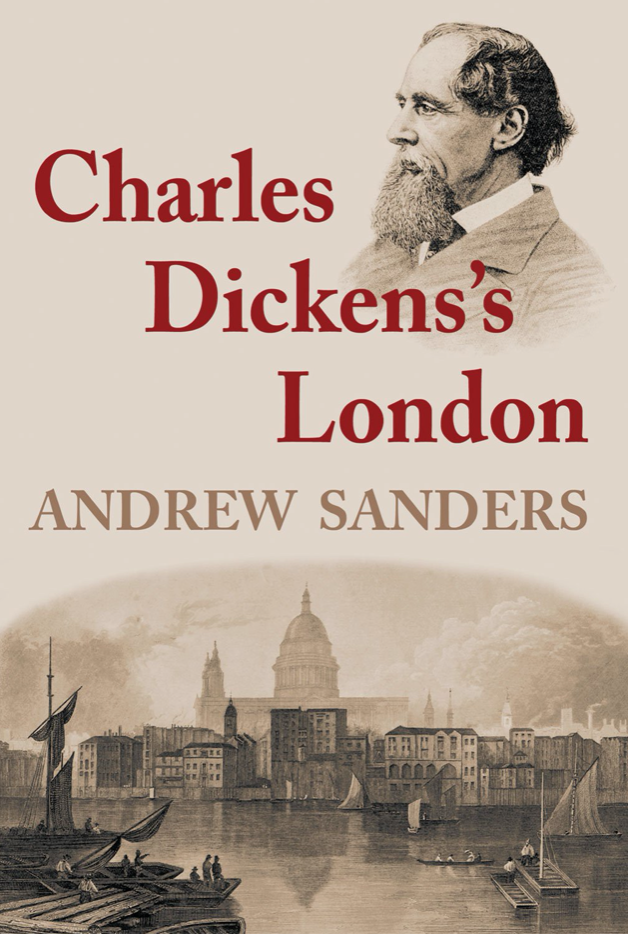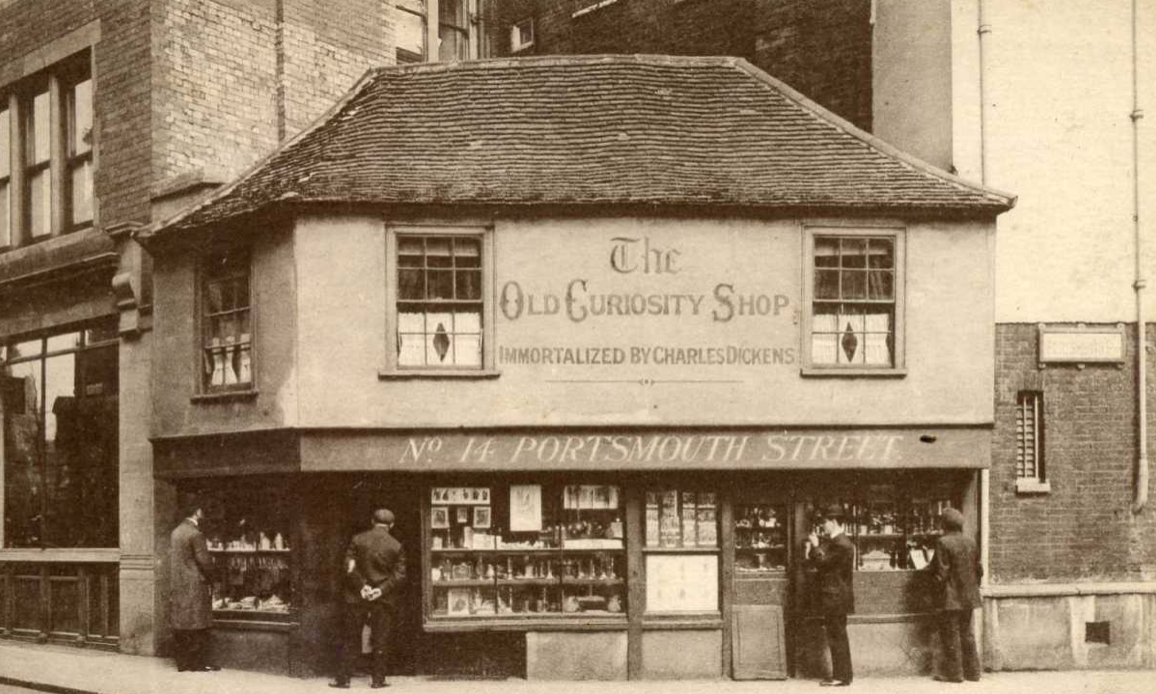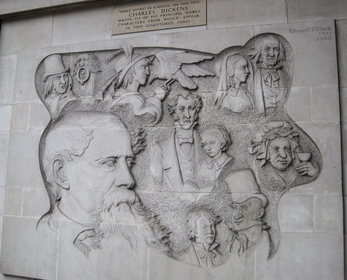Family ActivityCharles Dickens,
A Christmas Carol - what would your story be? The moral of the story revolves around the character transformation of Ebenezer Scrooge, that the pursuit of money won’t provide happiness and that the time for change is now. What would your story be? |
|
We've had some amazing entries into our baking competition so far. Don't forget to send yours in by instagram or by email to [email protected]! #TheGingerbreadCityHomeBaker |
Did you know? Gingerbread were Tokens of Love, Warmth and Magic During the late Middle Ages, gingerbread men were given out by folk-medicine practitioners, often described as witches or magicians, who would make them as love tokens for young women. The idea was that if the woman could get the man of her choice to eat the gingerbread, then that man had been made for them. Waxman, Olivia B. “Gingerbread Men: The Surprising History of a Holiday Classic.” Time, Time, 22 Dec. 2016, time.com/4602913/gingerbread-men-history/. |
Charles Dickens Architecture:
London as a Character within Charles Dickens novels
written by Jessie Buckle
London as a Character within Charles Dickens novels
written by Jessie Buckle
Within the novels, stories and publications composed by Charles Dickens, London often adopted the role of an independent character. Included are London’s architecture, Streets, Boroughs and Squares, as well as the affluent areas, Slums, Courts and Prisons.
Most importantly, London’s residents were an integral canvas, upon which Dickens drew his inspiration and placed his stories. Charles Dickens was well-known for exploring the City he inhabited. Dickens applied his unique talent for observation to the City he lived in most of his life and loved dearly, London. These experiences evolved into key elements or scenes within his novels.
For example, in Great Expectations (1860) where Pip visited a prison and in Bleak House (1853) or Little Dorrit (1857), where Pip was walking and found himself embarrassed to find Estella riding past. The Old Curiosity Shop building, located in an unassuming side street in Holborn, is believed to inspire the famous novel. Dickens appealed to contemporaries as he enabled them to voyage into the unknown and into parts of London where they would not typically have ventured and experience new lifestyles.
Most importantly, London’s residents were an integral canvas, upon which Dickens drew his inspiration and placed his stories. Charles Dickens was well-known for exploring the City he inhabited. Dickens applied his unique talent for observation to the City he lived in most of his life and loved dearly, London. These experiences evolved into key elements or scenes within his novels.
For example, in Great Expectations (1860) where Pip visited a prison and in Bleak House (1853) or Little Dorrit (1857), where Pip was walking and found himself embarrassed to find Estella riding past. The Old Curiosity Shop building, located in an unassuming side street in Holborn, is believed to inspire the famous novel. Dickens appealed to contemporaries as he enabled them to voyage into the unknown and into parts of London where they would not typically have ventured and experience new lifestyles.
During his literary reign, London presented a Victorian style of Architecture from 1837 until 1901. One year after Charles Dickens began publishing monthly installments of his first novel, The Pickwick Papers in 1836. Following the Industrial Revolution, the Victorian era is defined by a revival of extravagant and intricate architectural styles.
London St. Pancras Station and the Houses of Parliament perfectly showcase Victorian grandeur, designed within a Gothic style. Additionally, the Victorian era experienced a revolutionary turning-point for London’s residents, enabling all cross-sections of society to live in properly constructed housing, with appropriate sanitation.
Contrasting to the revival of extravagant and intricate architectural styles, in East London boroughs e.g. Whitechapel, slums started to develop as the population increased. Dickens cleverly documented these watershed moments in socio-economic and architectural history.
London St. Pancras Station and the Houses of Parliament perfectly showcase Victorian grandeur, designed within a Gothic style. Additionally, the Victorian era experienced a revolutionary turning-point for London’s residents, enabling all cross-sections of society to live in properly constructed housing, with appropriate sanitation.
Contrasting to the revival of extravagant and intricate architectural styles, in East London boroughs e.g. Whitechapel, slums started to develop as the population increased. Dickens cleverly documented these watershed moments in socio-economic and architectural history.
|
|
Oliver Twist (1838) documented classic Victorian themes of grinding poverty, menacing characters, injustice and punishment, with architecture as the backdrop. All were live issues, of which Charles Dickens saw develop, especially the introduction of the New Poor Act in 1834, which criminalised the poor.
He was a vigorous critic of the New Poor Law and relentlessly lampooned the harsh utilitarian ethics behind it. Dickens reported honest descriptions and connotations of London during that era and leads us on a journey through an imperial, architectural city plagued by poverty and strongly divided by class.
He was a vigorous critic of the New Poor Law and relentlessly lampooned the harsh utilitarian ethics behind it. Dickens reported honest descriptions and connotations of London during that era and leads us on a journey through an imperial, architectural city plagued by poverty and strongly divided by class.
You can visit the Charles Dickens Museum in London! The website is: www.dickensmuseum.com
The Charles Dickens Museum, which is located at 48 Doughty Street London, was the London residence of Charles Dickens and where he famously wrote Oliver Twist, Nicholas Nickleby and The Pickwick Papers. Uncover the private world behind the author’s public image and visit the Charles Dickens Museum, where Dickens' life is displayed through Victorian interior decor, handwritten drafts from the novels he wrote and his young wife’s engagement ring.
The Charles Dickens Museum, which is located at 48 Doughty Street London, was the London residence of Charles Dickens and where he famously wrote Oliver Twist, Nicholas Nickleby and The Pickwick Papers. Uncover the private world behind the author’s public image and visit the Charles Dickens Museum, where Dickens' life is displayed through Victorian interior decor, handwritten drafts from the novels he wrote and his young wife’s engagement ring.

